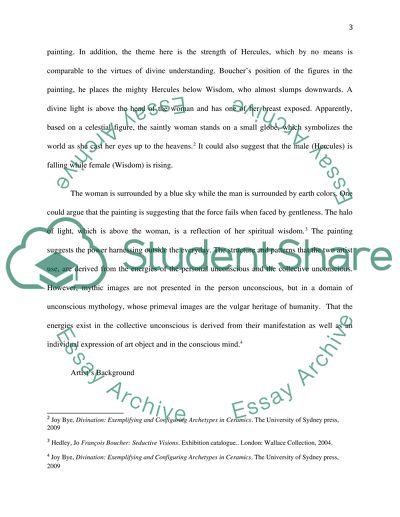Cite this document
(“The allegory between wisdom and strength Essay Example | Topics and Well Written Essays - 2000 words”, n.d.)
The allegory between wisdom and strength Essay Example | Topics and Well Written Essays - 2000 words. Retrieved from https://studentshare.org/visual-arts-film-studies/1691352-the-allegory-between-wisdom-and-strength
The allegory between wisdom and strength Essay Example | Topics and Well Written Essays - 2000 words. Retrieved from https://studentshare.org/visual-arts-film-studies/1691352-the-allegory-between-wisdom-and-strength
(The Allegory Between Wisdom and Strength Essay Example | Topics and Well Written Essays - 2000 Words)
The Allegory Between Wisdom and Strength Essay Example | Topics and Well Written Essays - 2000 Words. https://studentshare.org/visual-arts-film-studies/1691352-the-allegory-between-wisdom-and-strength.
The Allegory Between Wisdom and Strength Essay Example | Topics and Well Written Essays - 2000 Words. https://studentshare.org/visual-arts-film-studies/1691352-the-allegory-between-wisdom-and-strength.
“The Allegory Between Wisdom and Strength Essay Example | Topics and Well Written Essays - 2000 Words”, n.d. https://studentshare.org/visual-arts-film-studies/1691352-the-allegory-between-wisdom-and-strength.


